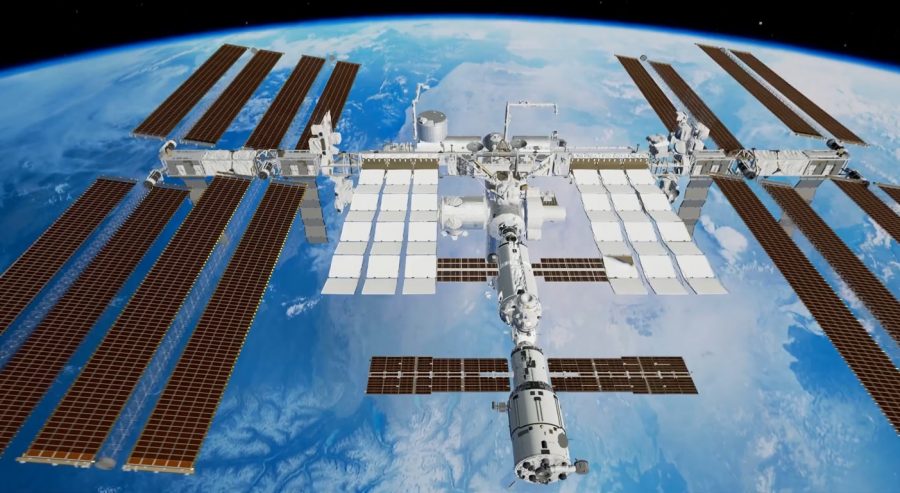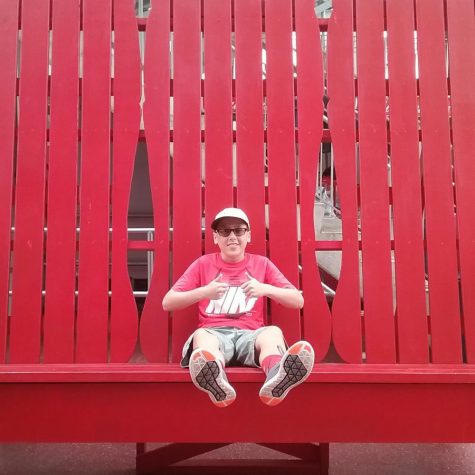What Happens inside the ISS?
June 7, 2018
When we think of ISS, we think of in school suspension with Mr. Jones. ISS also stands for International Space Station. It is probably the coolest thing that no one knows about. This very large space station orbits the sky and does so much more.
Keeping the ISS in tip top shape means routine maintenance and checkups…from the outside. Yes, most astronauts that travel up to the space station get to go on a space walk. Spacewalks have been vital to maintaining the ISS’s top notch condition and pushing through advances in getting us to Mars. The 3 rules of doing spacewalks is have a buddy, attach yourself to the space station, and never let go. There have been 5 space walks this year already, with many more on the way!
The inside of the ISS though is where the magic happens. There are 5 modules that are commonly used by the crew. Each module has its own use and unique equipment that helps conduct certain experiments.
In the Kibo module there is a freezer and a airlock for experiments outside the space station. this module is one of two that is only used for science and only science. The majority of the experiments take place in here. Since so many scientists needed to fit here, this place had to be roomy, so roomy that it had to be brought up in 3 parts!
In the Destiny module, there is mostly storage but also an exercise bike and the Canadarm2 controls. Canadarm2, the only robotic arm attached to the station, is maneuvered from here. this arm helps attach inbound space ships to the ISS! Biking is one of the few ways to get exercise on the ISS. It is vital that astronauts exercise for two hours everyday. This is because it is easier to lose muscle and bone density in low-G.
The Unity module is sort of special; it doesn’t do or hold much but is the center of the ISS and literally holds all the modules together. Also Unity is connected to a cupola, which is a great place to float back, relax, and enjoy the view!
The next module Zayra, mainly holds supplies for future experiments and the station food supply. It was put in orbit over 20 years ago and is still standing strong, that says a lot about the quality and care that goes into these modules!
Last but not least is the Harmony module; this module holds 4 crew quarters. Though there aren’t nearly enough crew quarters for everybody to use. The sleeping bags they use have velcro all over it. This means that anywhere there’s air and velcro, you can sleep.
Most of the experiments conducted on the ISS deal with low-G considering the experiments take place on a space station. Some experiments are how living in a low-G environment will affect the structure and density of our bones, how low-G affects the way radiation is emitted into our cells, and the effect of exercising in low-G environments.
Though most experiments are based around biology, some experiments are focused more on the technological side of things like the RemoveDerbis experiment, SATs-interact, and the marangoni-exp experiment. They are all preparing humankind for long distance space travel. If we get the results we predict out of these experiments, then we could be landing humans on Mars in about 10-12 years! To see a list of all the experiments conducted on the ISS click here.




